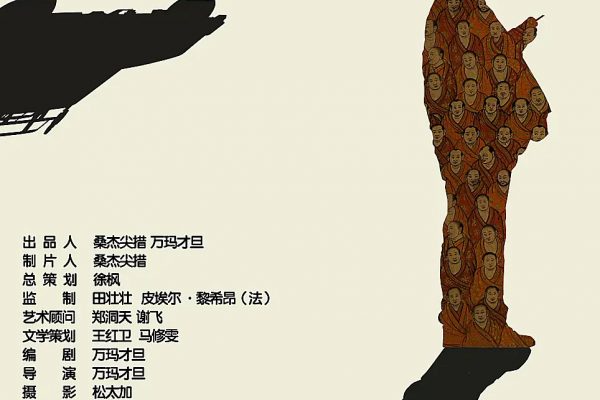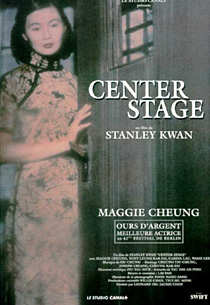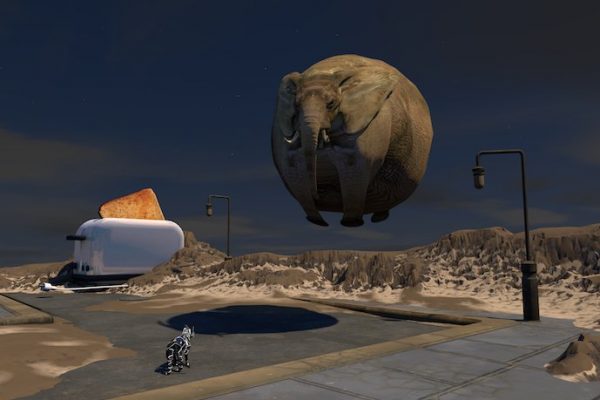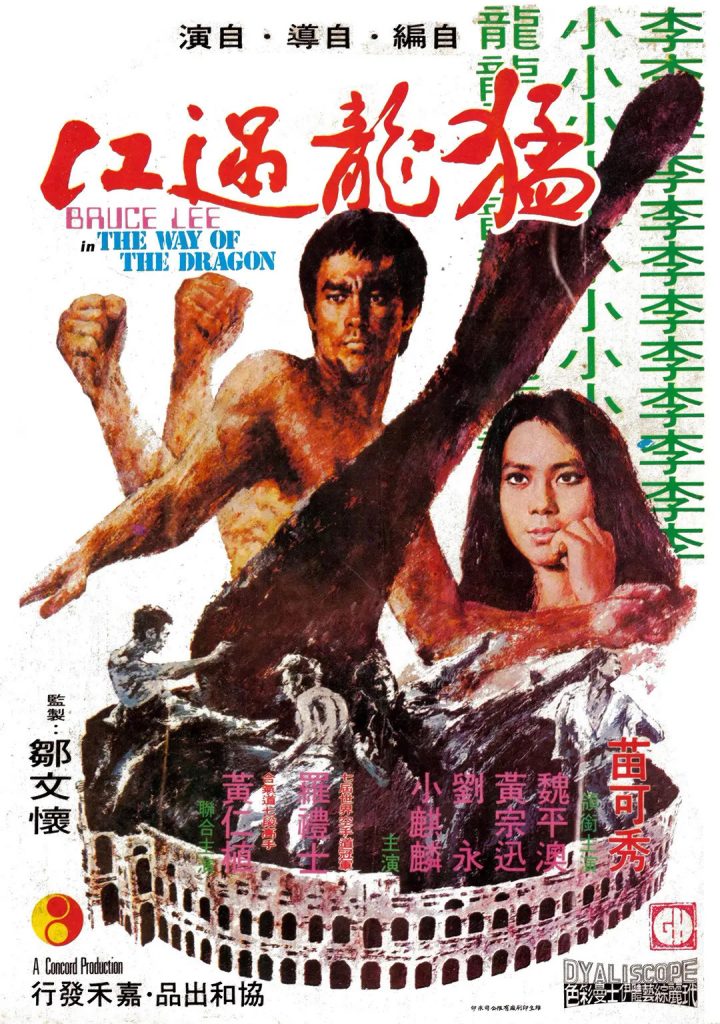
“ When the dragon looks in the mirror, it sees not the Narcissus but the Chinese masses looking back. This is the substance behind the reflective theory of Hong Kong cinema- that it mirrors the aspiration of Hong Kong people, and reflects their psychological mindset and behavior. ” (Teo,425)
I agree with Teo about Bruce Lee (Tong Lung) as a representative for Hongkong aspiration, but I don’t think the engagement of the audience or triangular relation is built at once in the mirror scene. Even in such a straightforward story, I maintain that it takes three stages for Tong Lung as a representative to be seen by the audience and also by his counterpart, which corresponds but not synchronizes with Needham’s three encounters of Tong Lung. (Needham, 409-413)
When Tong Lung was stared by a mid-aged western woman in the airport, he was an exotic object without a clear identity (Teo, 423 ), his identity as a country bumpkin transcends his being as the kung fu master. In the second stage, while he recognizes himself in the mirror, the audience recognizes him too, but not in the way Teo argued, based on the following reason:

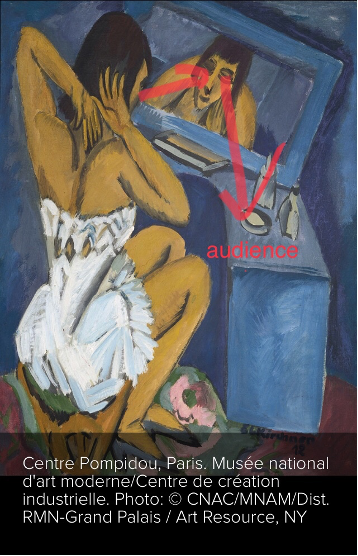
In the Kirchner painting: the woman looks into her reflection while the reflection looks directly into the audience. If we put this painting in comparison with the Bruce Lee’s mirroring scene, it is not hard to find how they are engaging the audience in different ways. Instead of being seen or looked back by Tang Lung, the audience is more of a voyeur rather than having direct “eye contact” with the reflection.
The psychological engagement happens little by little and is accumulated in the final scene, by the interpellation between Tong Lung and the Western(Japanese) karate fighters. Before meeting with Norris, the other two killers both ask Tong Lung: “Are you Tong Lung ?” and Tong Lung answers: “Yes, I am Tong Lung”. In Althusser’s formulation, the interpellation signifies the process by which ideology transforms from individuals into subjects, and how the subject recognizes itself in the power relation of social and political institutions it always has been. (Althusser, 693-702) From then on, national hatreds and the killing caused by this hatred start to become the center of the scene. The mirror scene is where the audience is allowed to cast his gaze towards the reflection and build up a triangle, while the final scene is where the audience engages himself fully with the identification and capability of Tang Lung.
At the beginning of the fighting, Tang Lung was lost when he came to the Colosseum with Ho. The voice of Ho echoed inside the old circular building while Norris floats like a shadow from unreachable heights. When Norris attacked, there were many subjective shots from Tang Lung’s perspective. The audience as the voyeur overlaps with the protagonist ‘s perspective in these shots, and the emotional identity reached its peak. Tang Lung seems to hesitate after the killing, he fetched Norris’s clothes and covered him with it. The arbitrary genetic convention quality of kung fu films (Li, 104-105) requires the killing to be done, the revealing of humanity completed the construction of Tong Lung as a human being, as well as a skilled kung fu master.
When Ms. Chen accompanied Tang Long to visit Rome, Tang Lung said that these wrecks are not worth seeing because “they have it in Kowloon”. As a country bumpkin, Tong Lung does not care about history, but he killed a white man in Colosseum shortly. For the audience, the interpellation before fighting Norris, the close-up montage of the cat is “ellipsis” added into the broken chain of Tong Lung’s transformation from bumpkin to national hero. This “ellipsis” is to be supplemented by the audience’s psychological mindset and aspiration, ignoring the dilemma between kung fu as Bruce Lee’s self-expression and kung fu as a national representation. (Li, 107)
Althusser, L., 2004. Ideology and ideological state apparatuses. In: J. Rivkin and M. Ryan, eds. Literary theory: an anthology. 2nd ed. Maiden, MA : Blackwell, 693 – 702.

